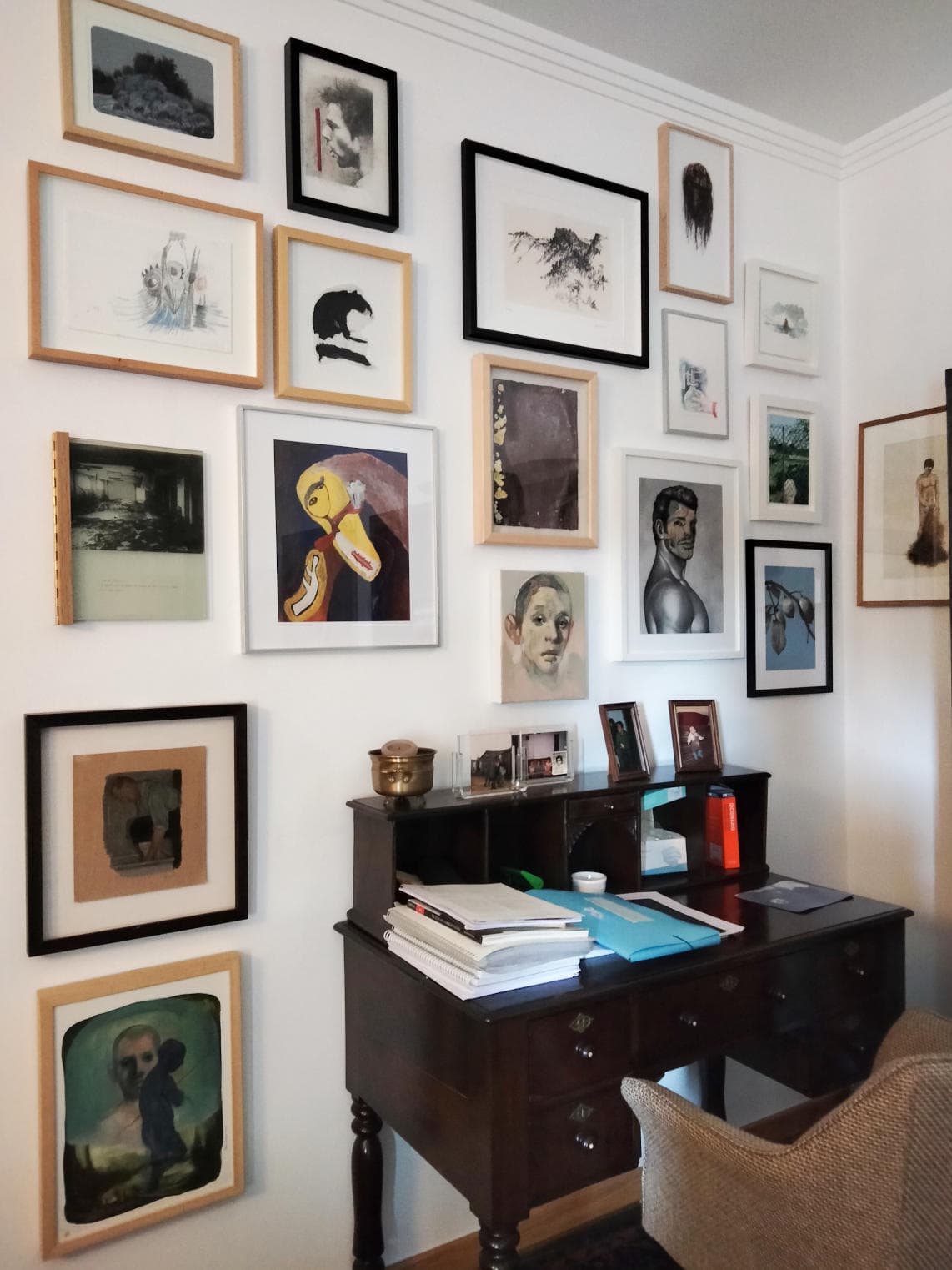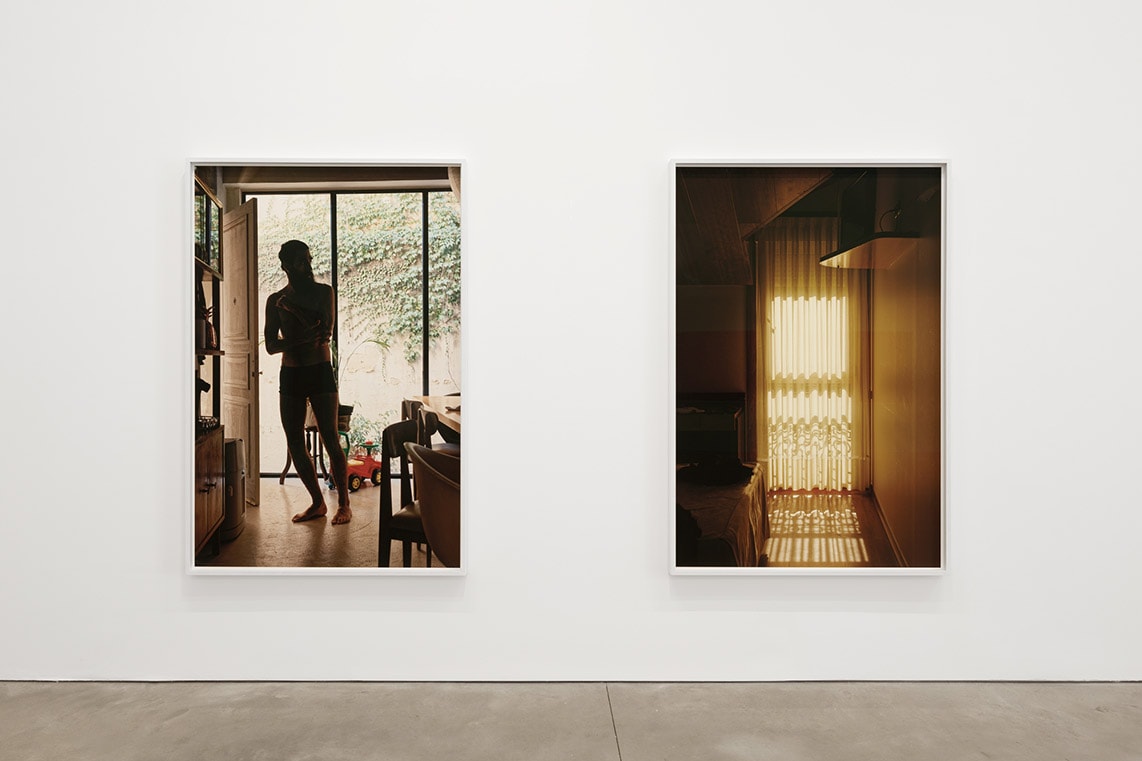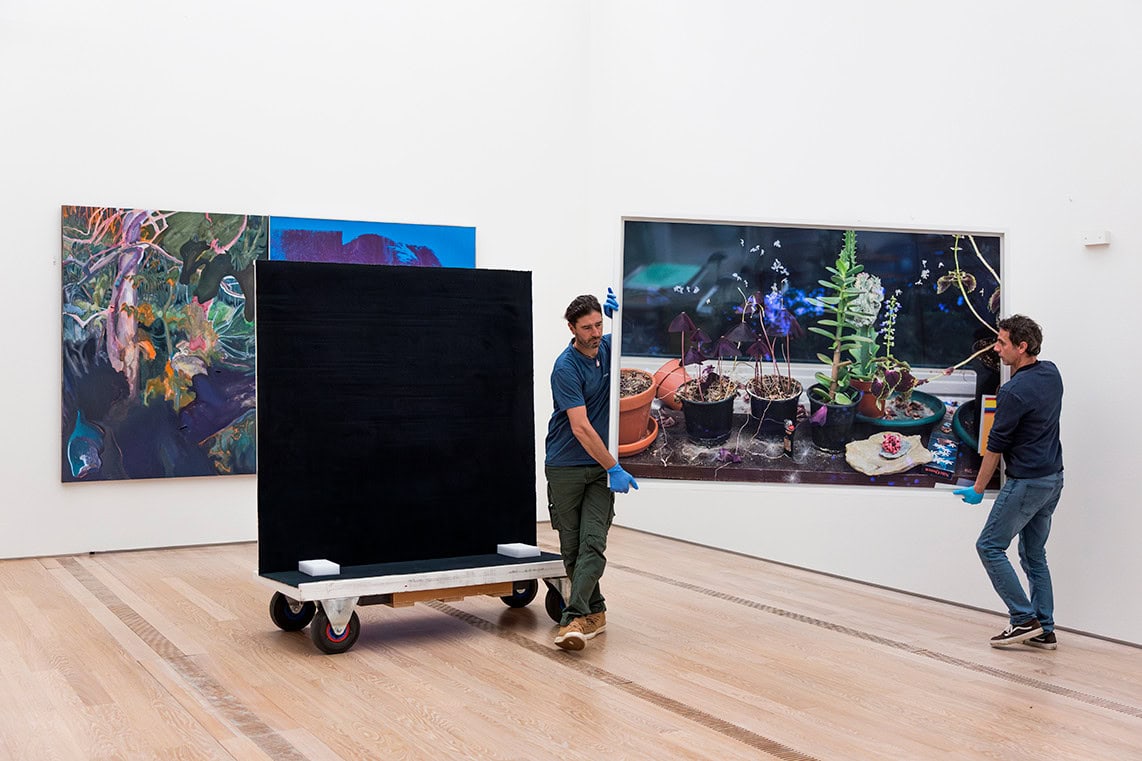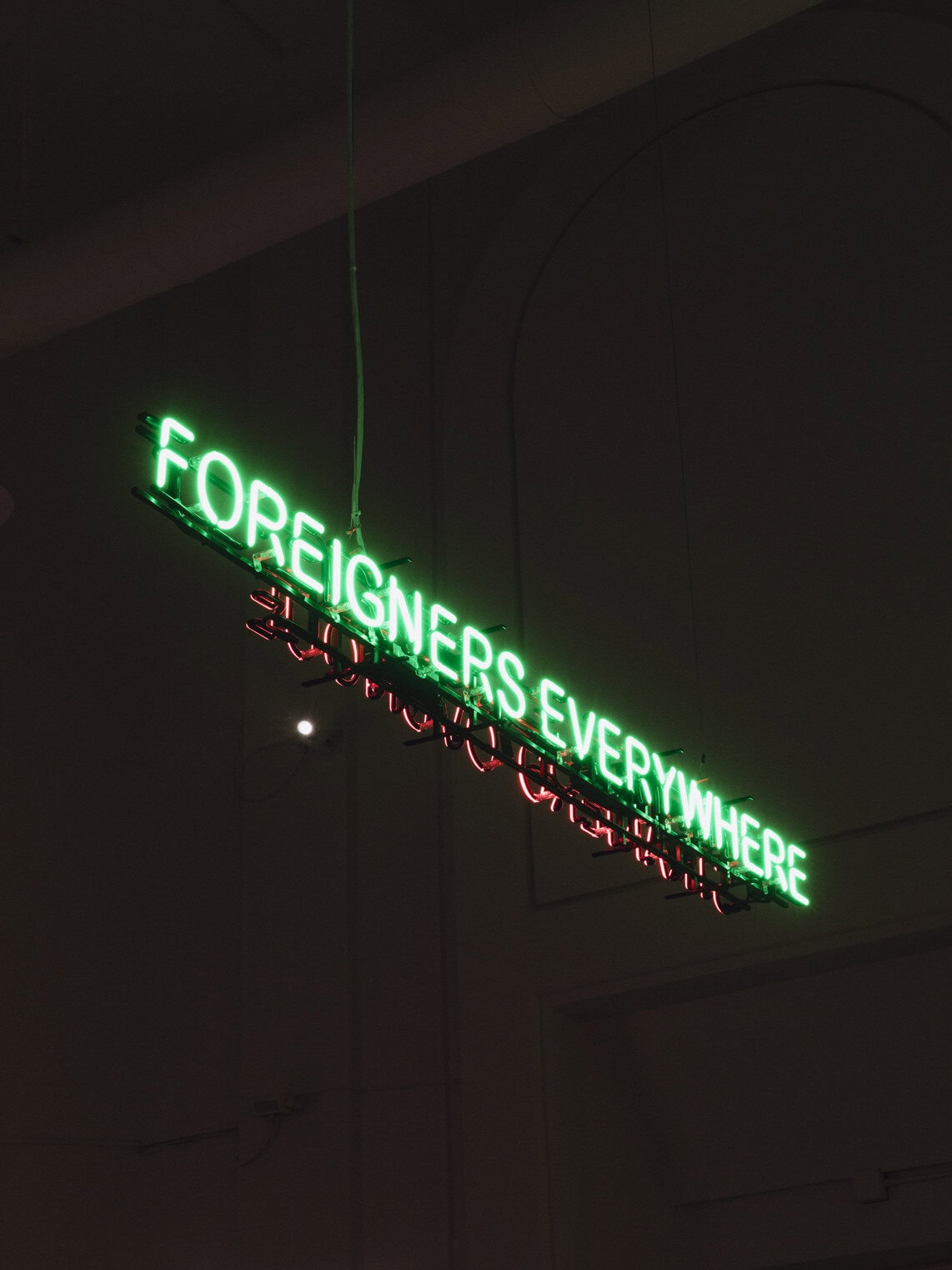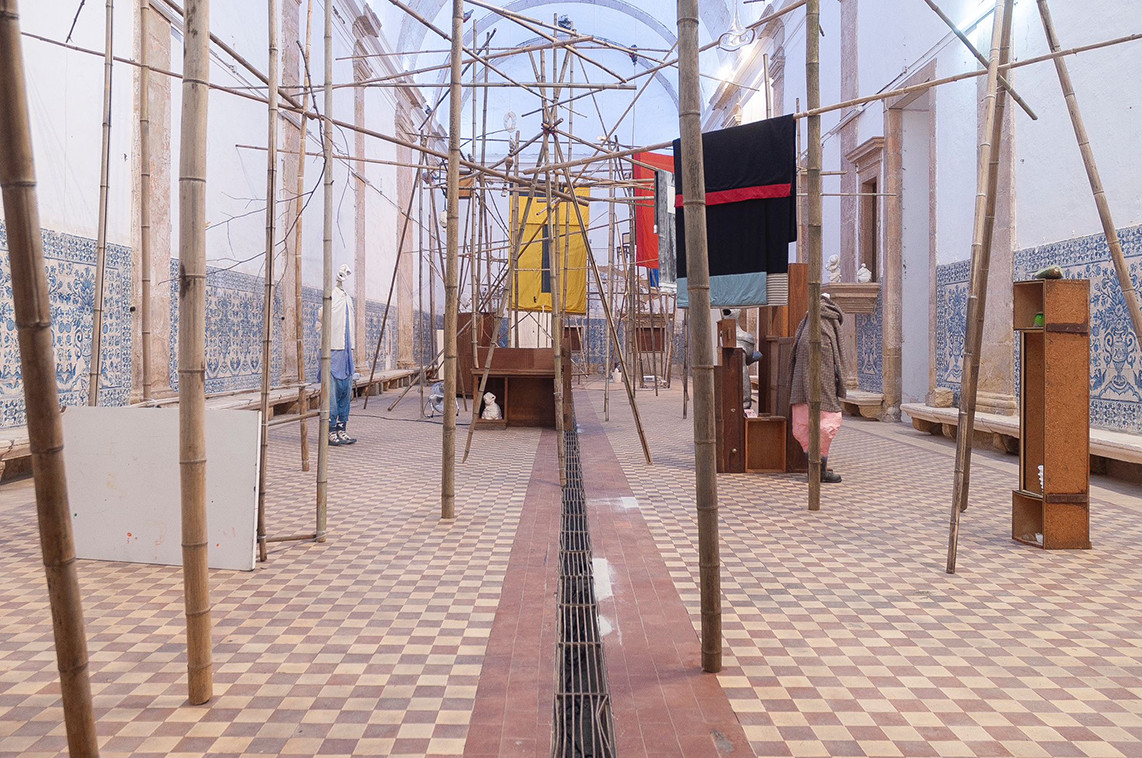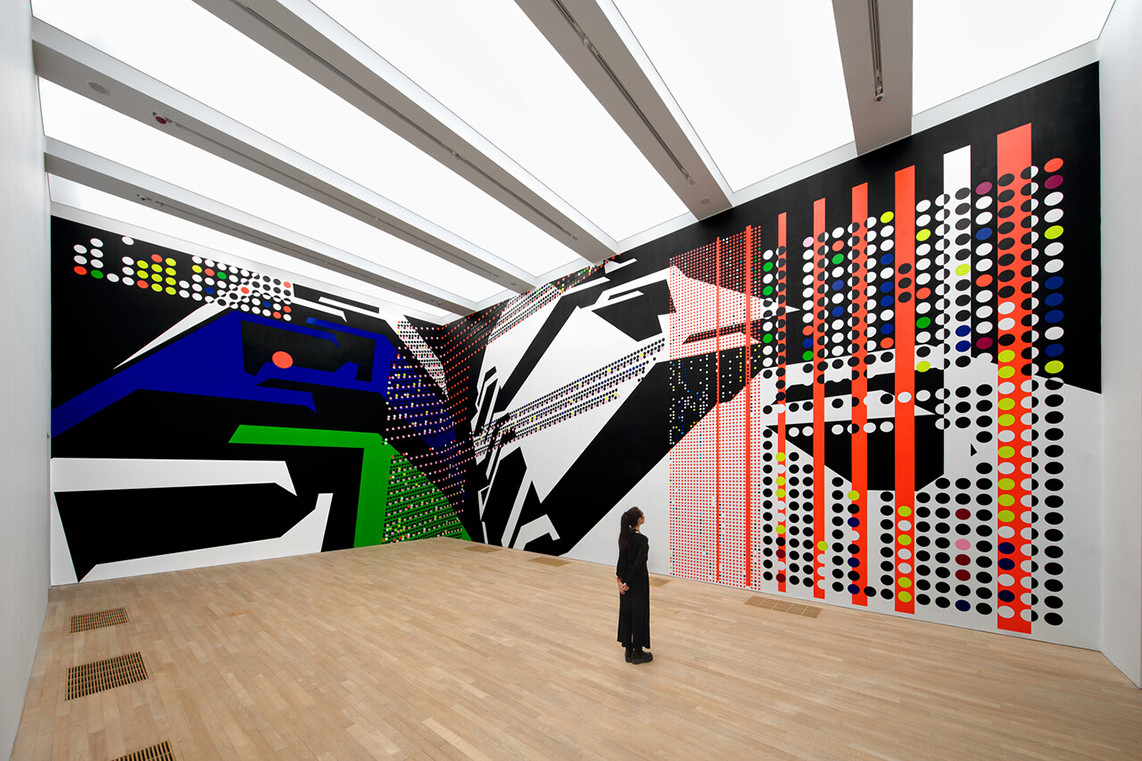Built between 1934 and 1936 by architect Piero Portaluppi, the Casa Corbellini-Wassermann in Milan is one of the best-preserved rationalist buildings in the city. Since 2019, it is home to the second Milanese headquarters of the Massimo De Carlo gallery, which is also in London, Hong Kong, Paris, and in a hall at the Palazzo Belgiojoso in central Milan.
To visit the Corbellini-Wassermann House, besides entering a gallery, is to observe the history of architecture and town planning of the Italian fascist period, with typical traces of magnificence, vast spaces and elegant details, created from the observation and interpretation of classical antiquity.
In this atmosphere is the exhibition Carla Accardi at Home by the Italian artist Carla Accardi, which shows, in twenty-five works, a journey that begins in 1954 and ends in 2013, a year before her death. Without intending to be a complete compilation, Carla Accardi at Home wants to present itself as an intimate journey made up of symbolic objects from the artist’s studio-house in Rome.
Lamps built with plastic material, on which Accardi drew her graphic signs; small paintings in sicofoil, industrial plastic papers that emerged in the 60s and 70s of the last century; ceramic vases; a floor – placed in the house’s old bedroom – from 2010, with black, red and white felt, measuring 16 square meters; a transparent sculpture that looks like a fishbone in the kitchen and, in the same room, several plates also made in ceramics from Bottega Gatti of Faenza, one of the best known artisanal factories in Italy. These are some of the pieces found and which underline the poetic-abstract identity of the artist born in Trapani (Sicily) in 1924.
Geometric, rationalist, serial, capable of using transparency and opacity, exceedingly strong in the domestic dimension, and in the environmental possibilities of painting, Accardi’s style is one of the most singular among Italian artists of the 2oth century. At the same time, she was always far from belonging to the vanguard of any current.
Wife of the painter Antonio Sanfilippo, whom she married in 1949, Carla Accardi rejected throughout her life the label of «feminist artist», faithful only to her private universe of colours, forms and abstractions. All this has made her a unique case in the history of contemporary art or, rather, in the history of international abstract painting.
In addition to the exhibition at De Carlo gallery, the Museo del Novecento – also in Milan – pays tribute to the painter until 27 June, with the retrospective Contesti.
After exhibitions in museums such as MoMA PS1 in New York (2001), MAM in Paris (2002) and Museum of Modern Art in Moscow (2008), this is the first time that an Italian public museum celebrates the artist, presenting the exhibition as a landscape where we discover Accardi’s research into her historical period, the magical and tragic years of Italy experiencing its golden age after the Second World War, in the 1950s and 1960s, in addition to the difficulties of the following decade.
Contesti has over seventy works, installed under the supervision and support of Francesco Impellizzeri, Accardi’s assistant for many years and currently a member of her Archive. The exhibition also reveals the encounters with younger artists, with whom Accardi confronted herself: «Jokingly, Carla and I used to say that the harmony we had was due to Trapani, the city of our origin: its colours and architecture were fundamental in our formation», Impellizzeri recalls.
Two exhibitions that are a good opportunity to rediscover a timeless protagonist, who had the great ability to not conform to fashions, showing how abstraction – the inexact bug of painting – can be transformed into a precise and fascinating code, without losing its mystery and conceptual value.
